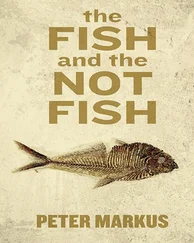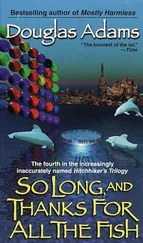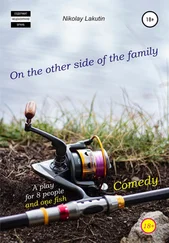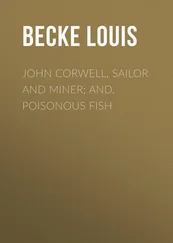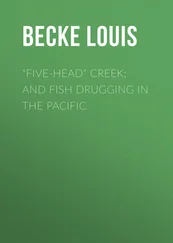Table 1.1 Geographic divisions, salinity ranges and zones (Venice System) and the approximate distribution of different categories of ichthyofauna found in a ‘generalized’ estuary
(modified from an estuarine invertebrate concept published by Carriker 1967).
| Estuary divisions |
Salinity ranges |
Salinity zones |
Fishes and approximate distribution range within estuaries |
| River reaches |
<0.5 |
Limnetic |
Anadromous migrants  |
Freshwater taxa  Stenohalinemarine taxa Stenohalinemarine taxa |
 Estuarine residents Estuarine residents  |
 Euryhaline marine taxa Euryhaline marine taxa |
 Catadromous migrants Catadromous migrants |
| Estuary head |
0.5–5 |
Oligohaline |
| Upper reaches |
5–18 |
Mesohaline |
| Middle reaches |
18–25 |
Polyhaline |
| Lower reaches |
25–30 |
Polyhaline |
| Estuary mouth |
30–40 |
Euhaline |
There is little doubt that the highly variable and sometimes widely fluctuating physico‐chemical conditions in estuaries are a challenge to many marine or freshwater fish species that would otherwise make extensive use of these systems (Haedrich 1983, Cowan et al. 2013). However, those taxa that are euryoecious (i.e. a wide ability for various variables, including euryhaline for salinity and eurythermal for temperature) and eurytopic have been able to exploit estuaries and have the benefit of occupying one of the most productive natural aquatic ecosystems on the planet (Day et al. 2013). This gave rise to the idea of the stress‐subsidy phenomenon in which a highly variable environment is stressful for those species not able to tolerate the conditions but a subsidy for those able to tolerate the varying conditions, and thus thrive (Elliott & Quintino 2019).
Some marine species have become so closely associated with estuarine systems that they are termed ‘estuary dependent’, especially in terms of nursery area use by the juveniles (Miller et al. 1984). This term has been widely and often loosely used to refer to a wide range of fish species that are found in estuaries (Able 2005). In reality, there is a cline in the association by fish taxa found in estuaries ( Figure 1.1), ranging from those species that are completely dependent on estuaries for at least part or all of their life cycle, to those fish that are most abundant in either marine or freshwater environments and only use estuaries opportunistically to varying degrees (Elliott et al. 2007, Potter et al. 2015, Whitfield 2020).
The occupation of an estuary by a particular fish species depends on the availability of a suitable niche for that species. As an initial model, Figure 1.2summarises the way in which a niche is produced and then occupied by fishes within estuaries, but it also illustrates that most of the driving variables are prone to anthropogenic impacts from a variety of sources. The nature and extent of these impacts feature in a number of chapters within this book (see Chapters 6– 11in particular) and highlight the major role that humans play in determining the future of estuarine fish assemblages going forward. In reality, the full range of abiotic and biotic drivers of fish assemblage structure is very complex and diverse, with a simplified depiction of known factors influencing southern African fish communities being shown in Figure 1.3. Despite having worked on some of these drivers for several decades, it would be true to say that, in many instances, our current understanding of the detailed influences on estuarine fish communities is still in its infancy.
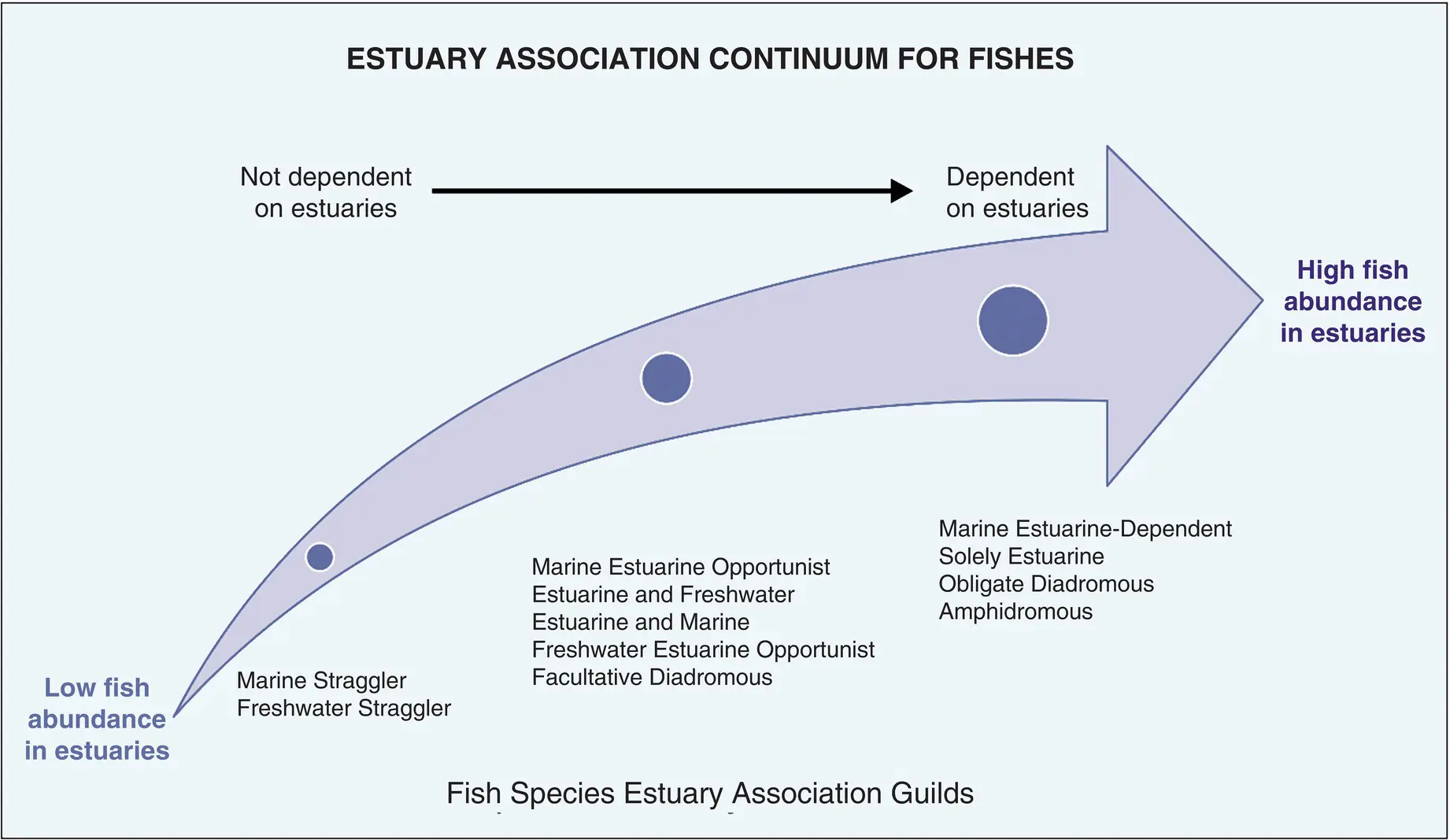
Figure 1.1 Diagrammatic representation of the gradual change in the level of estuary association by fish guilds not dependent on estuaries (lower left) to those completely dependent on estuaries (upper right) (after Whitfield 2020).
1.2 Reasons why this synthesis is important
Anthropogenic impacts on estuarine morphology and hydrodynamics are significant and widespread. Human modifications of riverine flow (e.g. major dams) and estuarine morphology (e.g. canalization) have the ability to substantially modify or completely disrupt natural ecoclines between catchments and the sea (de Groot 2002). These aspects then give rise to important and fundamental questions ( Box 1.1).
To what extent are human developments and activities transforming estuaries into systems that even eurytopic fish species will find difficult to colonise?
Have certain systems already reached that tipping point and been switched into habitats that are not able to support viable estuarine fish assemblages?
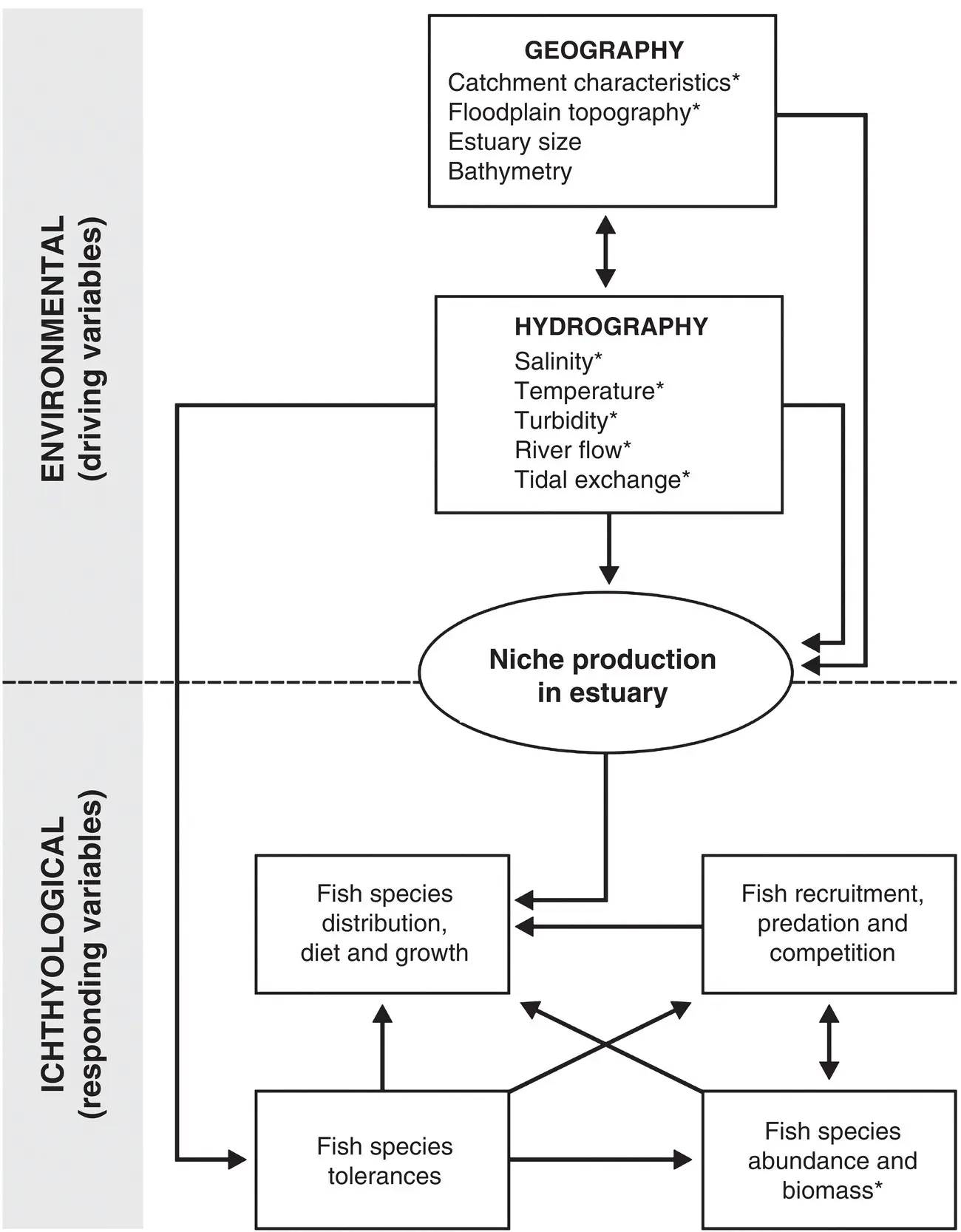
Figure 1.2 Interactions between selected environmental and fish variables in estuaries. An asterisk denotes those variables that are often influenced by anthropogenic activities
(modified from Whitfield & Elliott 2002).
Evidence from estuaries such as the Mersey and Thames (UK) suggest that we have had such situations arise in the past due to gross mismanagement, particularly in terms of sewage, industrial and agricultural waste inputs, but that recovery of estuarine fish populations is possible when the degradation process is reversed (Jones 2006, Elliott & Hemingway 2008). Indeed, the Thames lost virtually its entire fish community through gross sewage pollution up to the 1960s but has since recovered to now carry more than 120 species.
Estuaries have recently been characterised as being exposed to a ‘triple whammy’ of threats – of increasing industrialisation and urbanisation, of increasing use or loss of resources (such as space, energy and biological materials such as fisheries) and of the increased threats of climate change including sea‐level rise, acidification and invasive species (Elliott et al. 2019). Whilst this has led to the declining levels of natural estuarine ecosystem functioning which is a characteristic of many estuaries around the world, there are encouraging signs of rehabilitation and restoration being practised on an increasingly larger scale in several countries (Elliott et al. 2016). This will ultimately have a positive effect on the recovery of estuary‐associated fish populations in the affected systems (Andrews & Rickard 1980, Able et al. 2008).
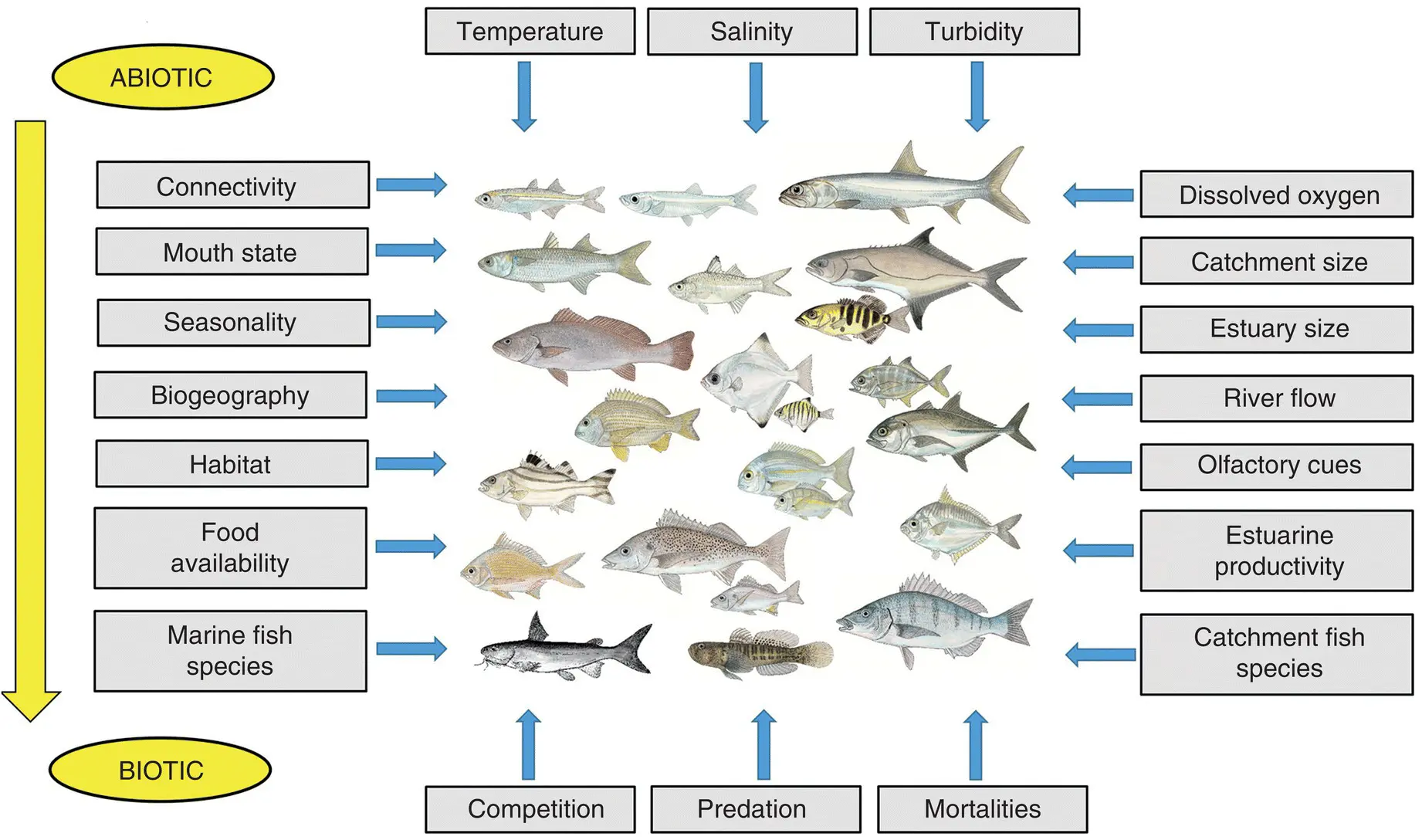
Figure 1.3 Biotic and abiotic factors influencing fish assemblage composition in southern African estuaries. The scale on the left‐hand side illustrates the trend from predominantly abiotic variables in the top of the diagram to mainly biotic variables at the bottom (after Whitfield 2019).
Читать дальше
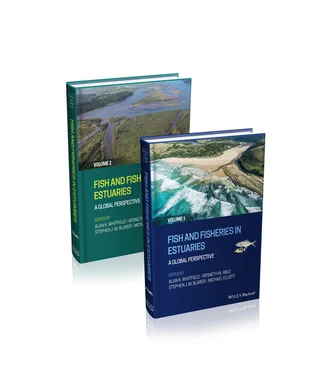

 Stenohalinemarine taxa
Stenohalinemarine taxa Estuarine residents
Estuarine residents 
 Euryhaline marine taxa
Euryhaline marine taxa Catadromous migrants
Catadromous migrants


